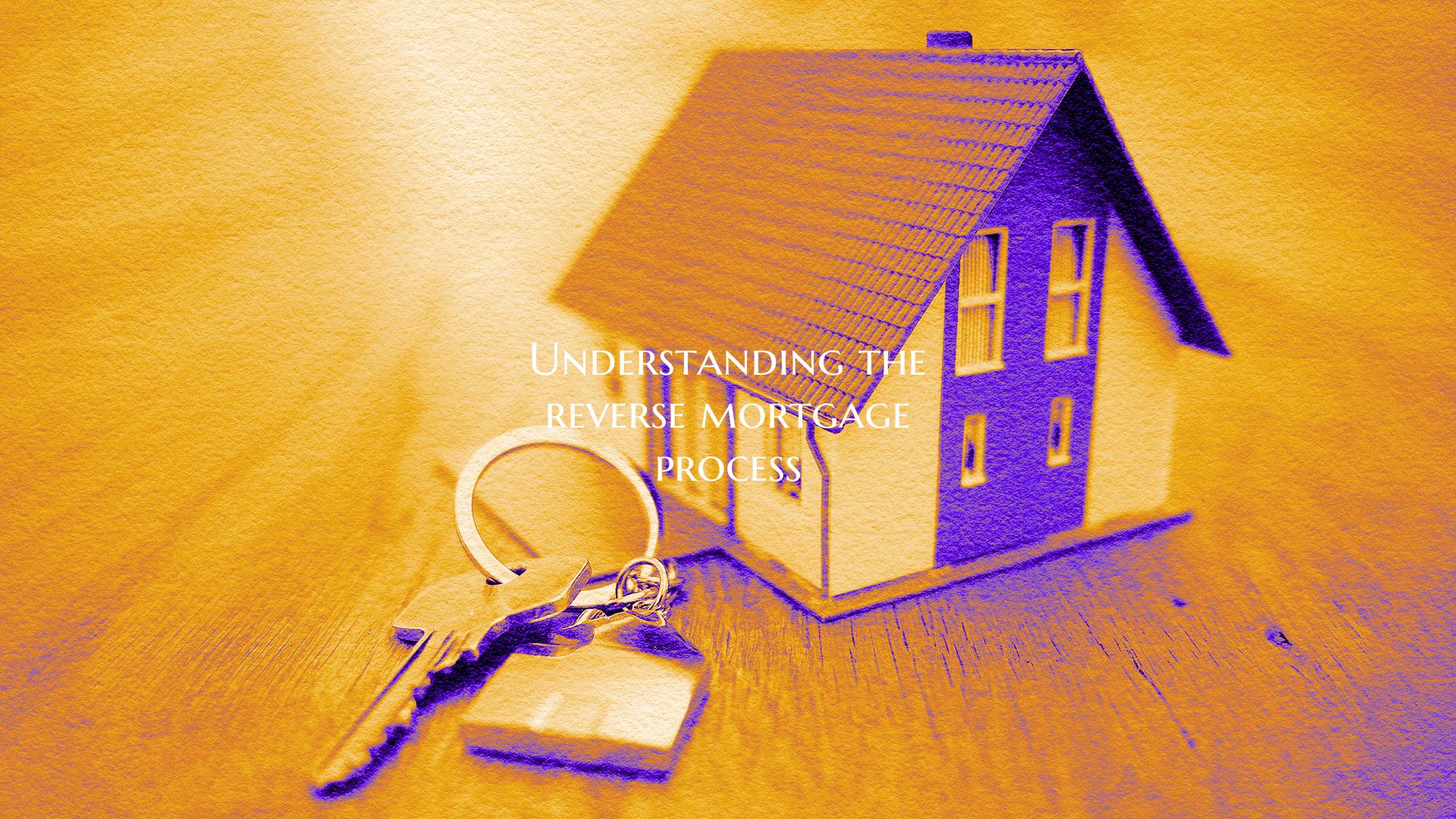Understanding the reverse mortgage process

Introduction: Reverse mortgages have gained popularity as a financial tool for retirees looking to tap into their home equity. Understanding how reverse mortgages work and the associated process is crucial for those considering this option. Let's delve into the intricacies of the reverse mortgage process to clarify any misconceptions and provide a clear overview for those interested in exploring this financial opportunity.
What is a Reverse Mortgage? A reverse mortgage is a type of loan available to homeowners aged 62 or older that allows them to convert part of their home equity into cash. Unlike a traditional home loan where the borrower makes monthly payments to the lender, in a reverse mortgage, the lender makes payments to the homeowner. The loan is repaid when the homeowner moves out of the home or passes away, typically through the sale of the home.
The Reverse Mortgage Process: 1. Eligibility and Counseling: To qualify for a reverse mortgage, homeowners must meet certain criteria, including age requirements and owning the home outright or having a low mortgage balance. It is also mandatory for potential borrowers to receive counseling from a HUD-approved counselor to ensure they understand the terms and implications of a reverse mortgage.
2. Application and Financial Assessment: Once eligibility is confirmed and counseling is complete, the homeowner can apply for a reverse mortgage through a lender. The lender will assess the homeowner's financial situation, including income, assets, and credit history, to determine the loan amount the homeowner qualifies for.
3. Appraisal and Home Evaluation: An appraisal of the home is conducted to determine its current market value. The loan amount is based on this appraisal, with higher home values resulting in a larger loan. The condition of the home and any necessary repairs may also be assessed during this stage.
4. Loan Approval and Closing: Upon approval of the loan, the homeowner will receive a disclosure outlining the terms and conditions of the reverse mortgage. Once all documentation is signed and any closing costs are paid, the loan funds are disbursed to the homeowner. The homeowner can choose to receive the funds as a lump sum, monthly payments, a line of credit, or a combination of these options.
5. Loan Repayment: The reverse mortgage becomes due when the homeowner passes away, sells the home, or no longer occupies it as their primary residence. At this time, the loan balance, including accrued interest and fees, must be repaid. Usually, the home is sold to repay the loan, with any remaining equity going to the homeowner or their heirs.
Conclusion: Navigating the reverse mortgage process can seem daunting, but with the right information and guidance, it can be a valuable financial tool for retirees. By understanding the steps involved in obtaining a reverse mortgage, homeowners can make informed decisions about their financial future and better utilize their home equity to support a comfortable retirement. It is advisable to consult with financial advisors and reverse mortgage experts to explore whether this option aligns with your long-term financial goals and needs.
